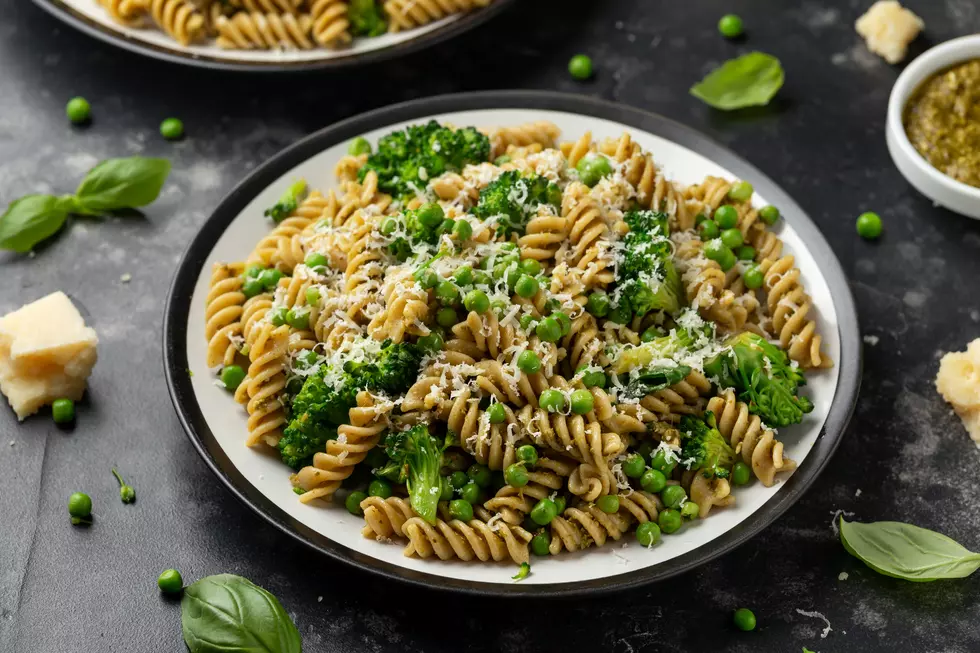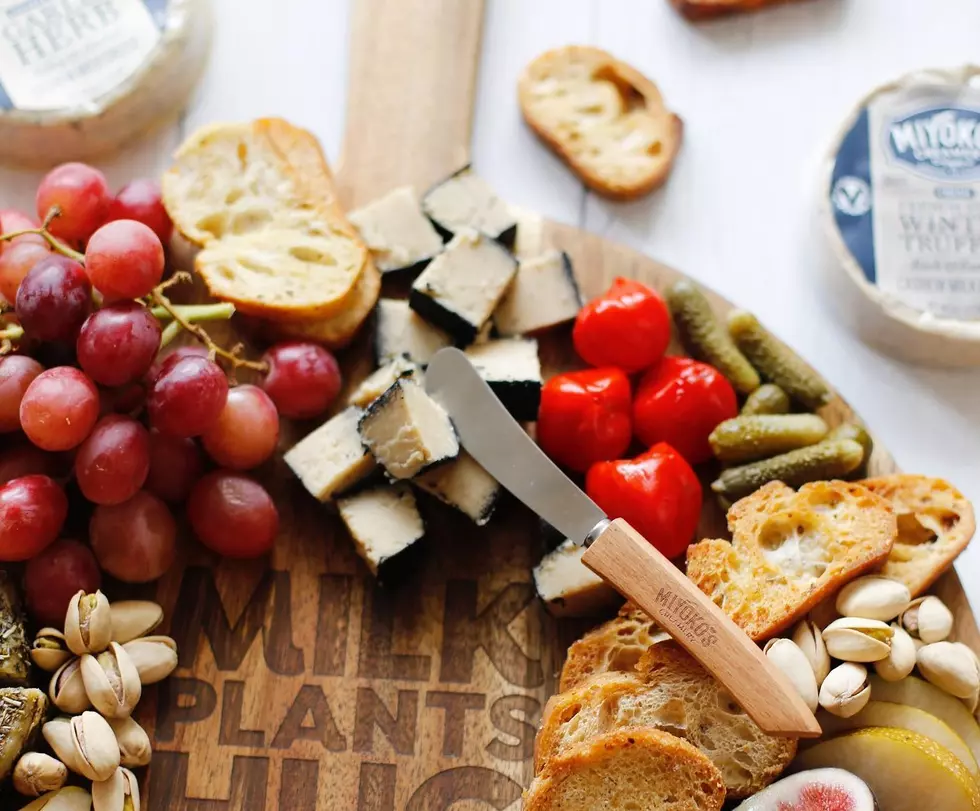
“I Tried High-Protein Lupini Bean Pasta and Here’s What I Thought”
There are few things more delicious to me than a bowl of just-made pesto pasta, with basil grown from the garden and pasta that looks like your grandma made it in her little pasta press machine. As someone who likes their carbs and protein from different and usual sources, I was surprised when I saw that a box of Brami Fusilli (crafted with semolina flour and lupini beans) contains nearly double the amount of protein as the usual kind.
Lupini beans are native to the Mediterranean including Italy, Spain, and North Africa have become a popular bar snack at restaurants up and down the Italian coast and in other countries that sit on the shores of the Mediterranean and Adriatic Seas. With 26 grams of protein per one cup, it's among the highest protein foods you can grow, other than soybean.
The main reason lupini beans have not taken off in America is that they take days (and weeks) to soak to remove the bitter taste and toxins. Once that task is complete, however, the lupini beans (or lupin beans) have more protein than just about any other food grown on the planet.
Now you may have already fallen in love with chickpea pasta or another high-protein choice, but lupini beans are competitive when it comes to protein per 3-ounce serving. Here is how they stack up.
Most Conventional pasta contains 7 grams of protein per 100-gram serving, or 3.5 ounces, nothing compared to plant-based options made with legumes. (Whole wheat pasta has slightly more, with 7.5 grams of protein per serving, and 6 grams of fiber.
- Black bean pasta has 25 grams of protein and 15 grams of fiber per 100-gram serving
- Red lentil pasta has 21 grams of protein and 19 grams of fiber per 100-gram serving
- Lupini bean pasta has 21 grams of protein and 11 grams of fiber per 100-gram serving
- Chickpea pasta has 14 grams of protein and 8 grams of fiber per 100-gram serving
Read More: Which High-Protein Pasta is the Healthiest?
Lupini bean pasta also has 54 grams of Net Carbs, compared with 71 grams for conventional pasta.
Okay, so it's super healthy. But how does it taste? That's where the best news comes in.
What does lupini bean pasta taste like?
The box instructed me to cook the pasta in boiling water for five minutes or until firm. I set the alarm for three minutes, drained and removed it from heat, and ran cold water over the. strainer to make sure it stopped cooking. I just had a feeling this fusili would taste better al dente. I was right. As the pasta cooled it continued to soften, and by the time I had mixed in the fresh dairy-free pesto sauce (with basil leaves just cut from my herb garden) I ended up tasting it at a warmish temperature and it was perfect. You would never know the difference between Lupini Bean and regular pasta.
Because I actually like a slightly chewier whole wheat pasta and that's what this is more like: the bite is a bit sticky, and as al dente pasta, it needs a little more chewing than white flour pasta might. That's a good thing in my book since fiber tastes healthy to me.
For a healthy vegan Pesto Sauce Done 3 Different Ways, check out this Vegan Pesto Sauce from Sarah Bond, founder of the blog, Live, Eat Learn.
For more plant-based recommendations, visit The Beet's Product Review articles.
More From The Beet









